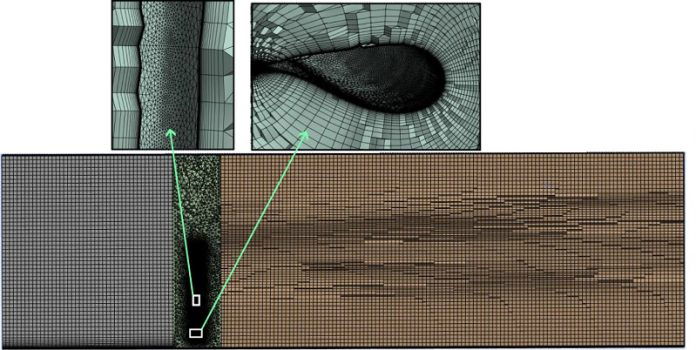
Mechanical engineers at the University of Alberta have found inspiration in the Andean condor, the world’s heaviest soaring bird, to improve wind turbine design.
Working with a renewable energy company called Biome Renewables, they have developed and tested a new turbine blade design based on the condor’s wings.
The Andean condor can fly up to 240 kilometers in a day without flapping its wings, thanks to the unique shape of its wingtips.
The new design features a c-shaped “winglet” at the tip of each turbine blade, mimicking the condor’s wing.
According to a study published in the journal Energy, this winglet can reduce drag and potentially increase the turbine’s efficiency by up to 10% in optimal conditions.
Brian Fleck, a professor of mechanical engineering and an expert in fluid dynamics, explains that soaring bird wings have inspired designs in both commercial and military aircraft to increase lift. “We used to have airplanes with straight wings,” says Fleck. “Now we see them with the tips curled up, and there’s a reason for that.”
The curled tip reduces a vortex of air that forms due to differences in air pressure on the top and bottom of the wing, which is essentially wasted energy. The winglet helps the 15-kilogram condor stay aloft for long periods with minimal energy expenditure.
Fleck and his team used computational fluid dynamics to simulate the rotation of the turbine blades with the new winglet design, and the results were promising. “This will make a difference,” says Fleck. “It could make some of our wind farms more economically viable on days when it’s not really windy—a little bit more juice for the same amount of real estate.”
The winglet is designed as a retrofit to existing turbines, which means it could be added to turbines already in use. This improvement could lower electricity costs for Albertans and help reduce fossil fuel consumption.
The turbine wingtips are an example of biomimicry, a field that looks to nature for solutions to design problems. “It’s amazing how nature has evolved through millennia to come up with such optimal designs,” says Khashayar RahnamayBahambary, a graduate research assistant and co-author of the study. “It leaves a lot of room for inspiration.”
By learning from the Andean condor, engineers hope to make wind power more efficient and sustainable, helping to create a cleaner energy future.



